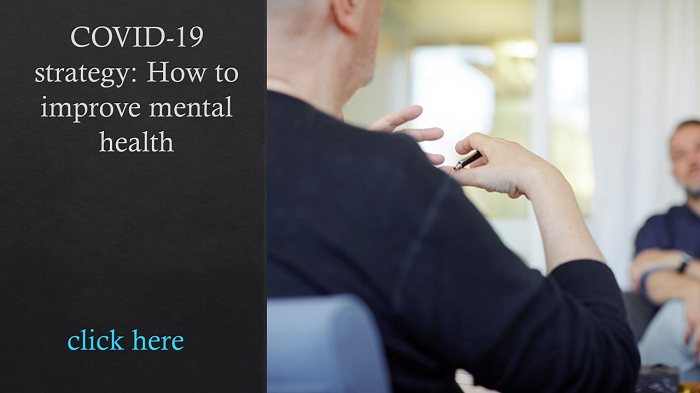The word of 2020 was resilience—and it will continue to be throughout the rest of this year, says Arianna Huffington.
The global founder and CEO of Thrive and founder of The Huffington Post joined Mastercard CHRO Michael Fraccaro on Thursday afternoon for a panel discussion on building cultures of resilience at the closing day of the virtual Health & Benefits Leadership Conference. Moderated by Kathryn Mayer, conference chair and HRE benefits editor, the conversation explored what HR and benefits leaders can be doing to protect the mental health of their workforce—and how that can ultimately support the financial health of their organization.
Particularly after the challenges of the last year, Huffington said, nearly all C-suites recognize the connection between stressed, anxious employees and a halt in productivity. Now, it’s time for employers to take that awareness “upstream,” Huffington said, helping workers identify the triggers of mental health challenges and incorporate behaviors to build resilience into their daily routines.
Related: Why improving workplace mental health must be a strategic imperative
Arianna Huffington
For instance, “micro-steps”—such as taking short, daily breaks of just 60-90 seconds for deep breathing or reflection throughout the day—can help employees start to course-correct from stress, Huffington said. Instead of viewing stress-reduction from the lens of a New Year’s resolution—with large, overarching goals—smaller, more realistic behavior changes can help us “build muscle” toward resilience.
That’s the approach that Fracarro said leadership took at Mastercard, a partner of behavior change platform Thrive. Last year, the organization conducted a series of pulse surveys and found that “Zoom fatigue” was common among employees. In response, the company rolled out new meeting guidelines to ensure employees have at least 15-minute breaks between meetings and that no meetings last longer than 30-45 minutes. It also instituted “meeting-free days” and “summer Fridays,” where employees are encouraged to take time for themselves and their families.
 Managers and leaders should also be equipped to have conversations with their employees around mental health. Embed such capabilities in leadership development programs, Fracarro said, and encourage people leaders to show their own vulnerability. For Mental Health Awareness Month, Mastercard employees, including managers and leaders, are sharing stories about their own struggles with anxiety, depression and loneliness over the last year.
Managers and leaders should also be equipped to have conversations with their employees around mental health. Embed such capabilities in leadership development programs, Fracarro said, and encourage people leaders to show their own vulnerability. For Mental Health Awareness Month, Mastercard employees, including managers and leaders, are sharing stories about their own struggles with anxiety, depression and loneliness over the last year.
At Walmart, executives made Thrive part of quarterly officer onboarding, focused on helping new executives shift their mindsets about wellbeing—starting with their own. Many leaders, Huffington noted, often think they can’t “afford to put their own oxygen mask on first”—but, if they don’t, she said, they won’t be prepared to help others prioritize self-care.
And, “if we don’t help people with mental resilience, it is going to affect productivity, vitality, creativity and innovation”—as well as efforts to enhance diversity, equity and inclusion, she said. “When we’re depleted, we’re our least empathetic selves, our least creative selves, and these are the very qualities we need to navigate these times.”
Added Fracarro: “There’s a human cost and an economic cost as well.”
See also: Top highlights from day 2 of benefits conference
So, how do Huffington and Fracarro put on their own “oxygen masks”?
Huffington said she focuses on her relationship with technology. Turning off her phone at night and charging it outside the bedroom has been a “lifesaver,” she said. Fraccaro and his wife have a daily discussion about what they’re grateful for, what he called a “cathartic exercise.” He also spends time each night coming up with achievable goals for himself for the following day and practices breathing exercises frequently—something which, just 12 months ago, he said he would’ve “never dreamt” of doing, which speaks to his own shifted mindset on wellbeing.
The last year should have shown business leaders, Fracarro noted, that “what’s around the corner” is never truly known and, just like business contingency plans, the workforce should also be mentally prepared for the unexpected. Given that some organizations are beginning to put in place plans for returning to the physical workplace, he added, this will be pivotal, as employee anxiety around health and adjustments for children and even pets is bound to ratchet up.
Physical safety is, of course, table stakes for HR and benefits leaders working on strategizing for a return to the workplace, but they also need to consider the “human layer,” Huffington said.
Efforts to build cultures of resilience that empower employees to prioritize self-care should have been underway prior to the pandemic, she added, but, for many organizations, the events of the last year have provided an impetus for change.
“This is a once-in-a-generation opportunity to redefine productivity, how we work and live,” she said. “We’ve stopped assuming we have to continue living in a breathless, frenetic way to achieve great results.”
*
All sessions are available on-demand through June 11. Click here to register and watch this entire session here.
